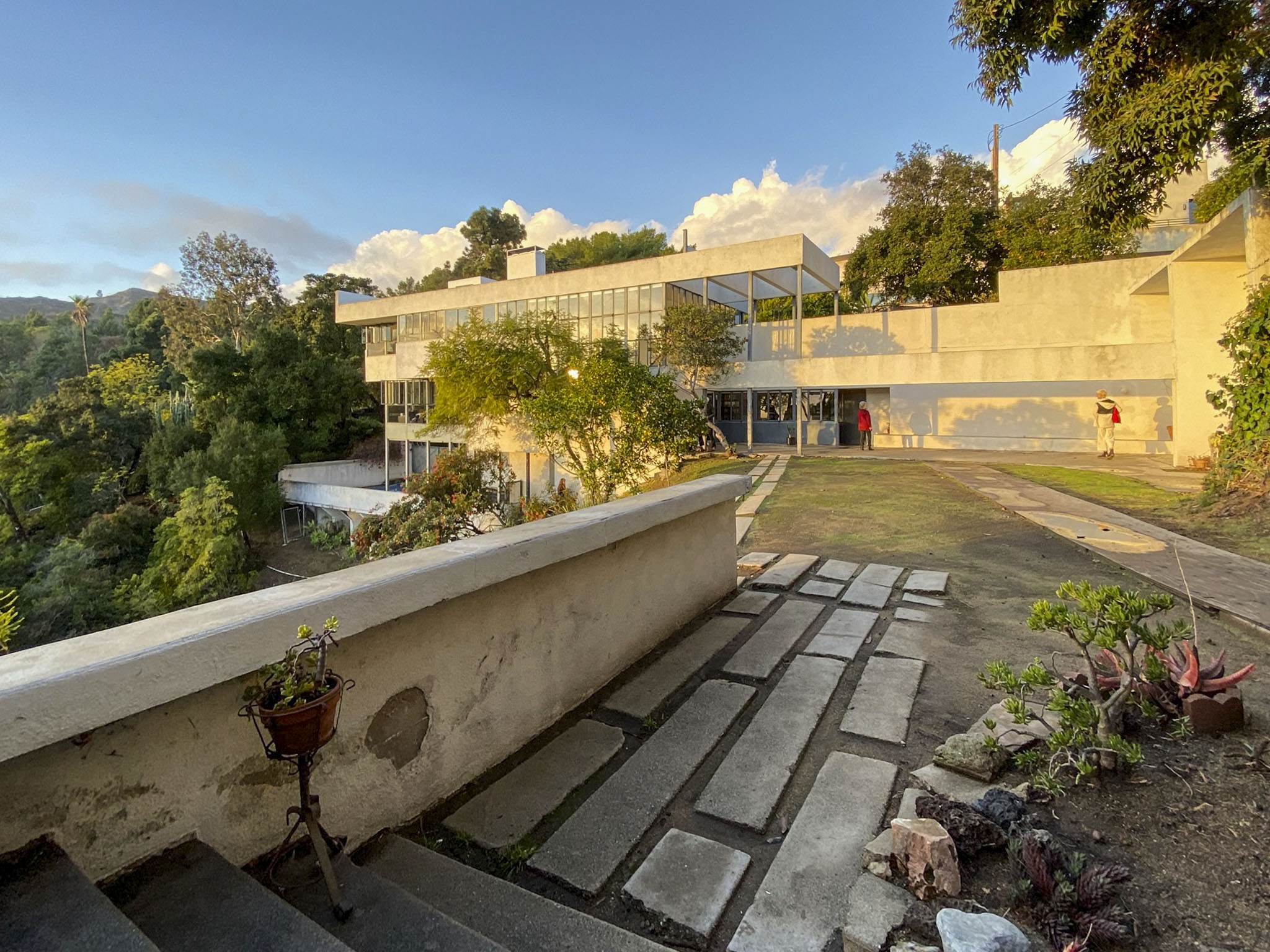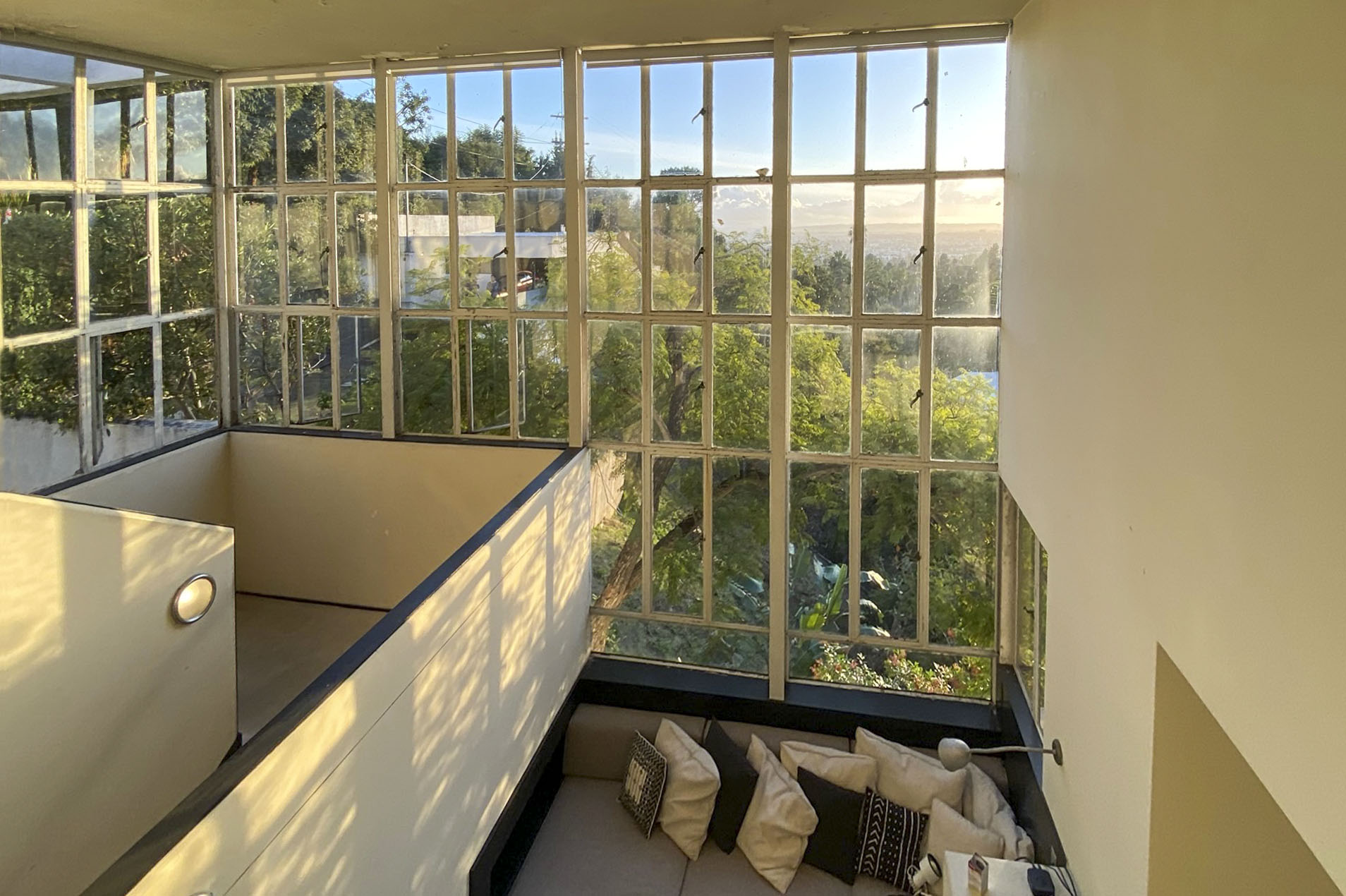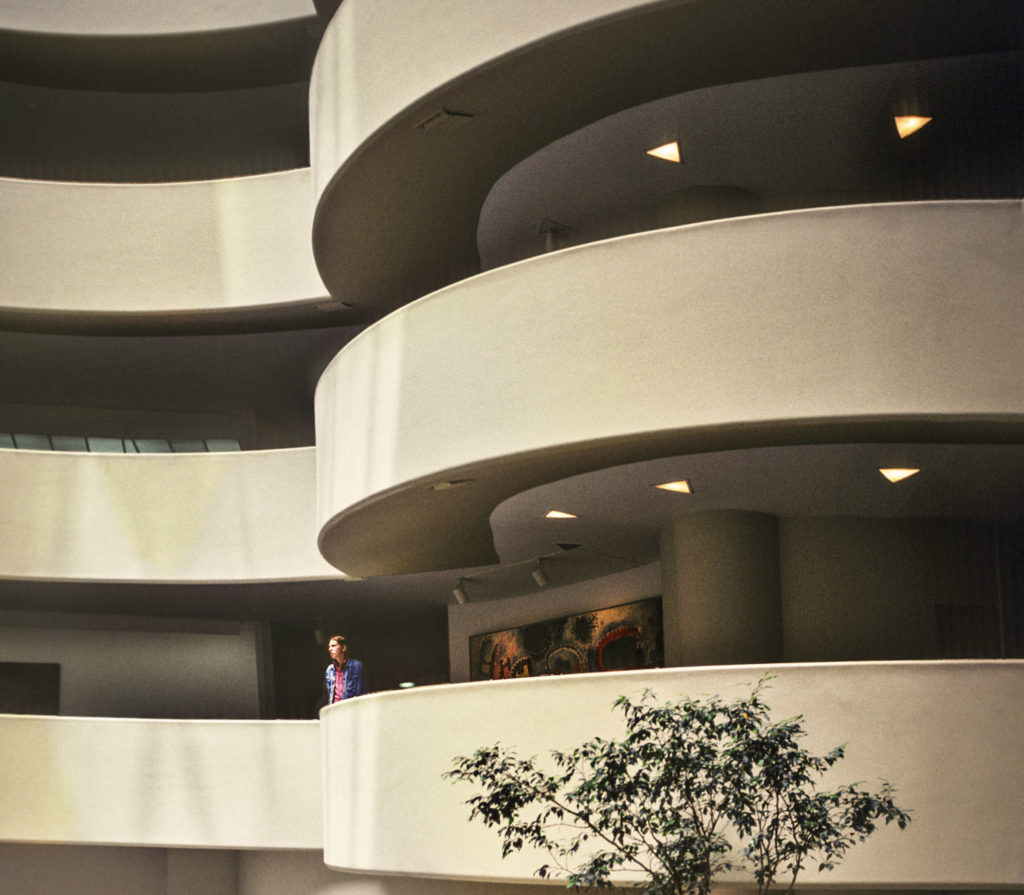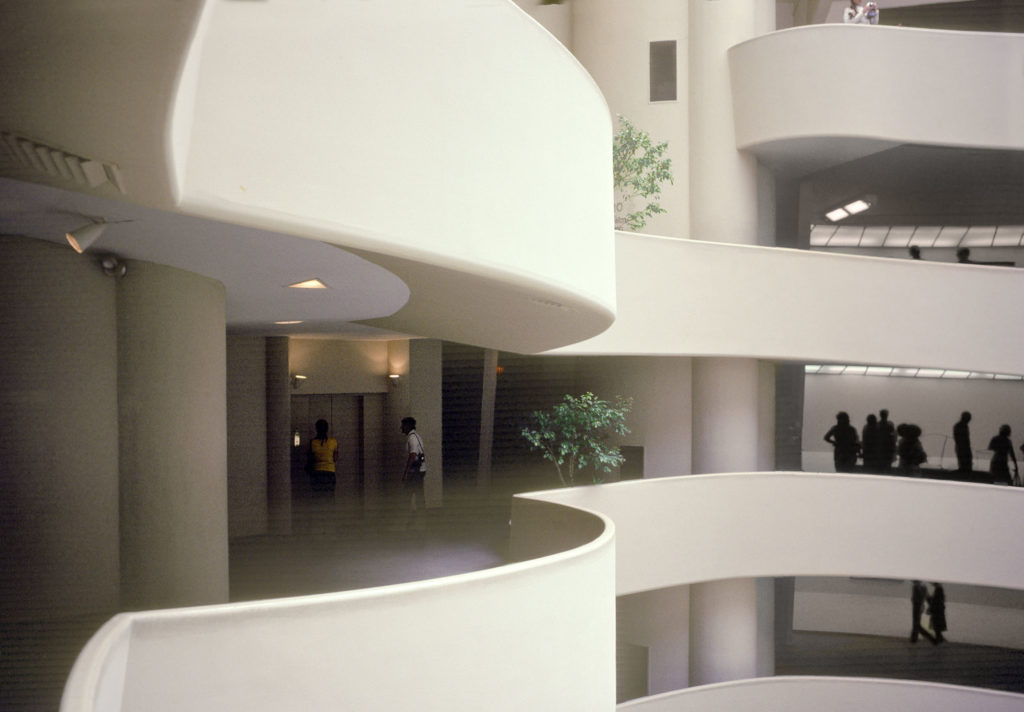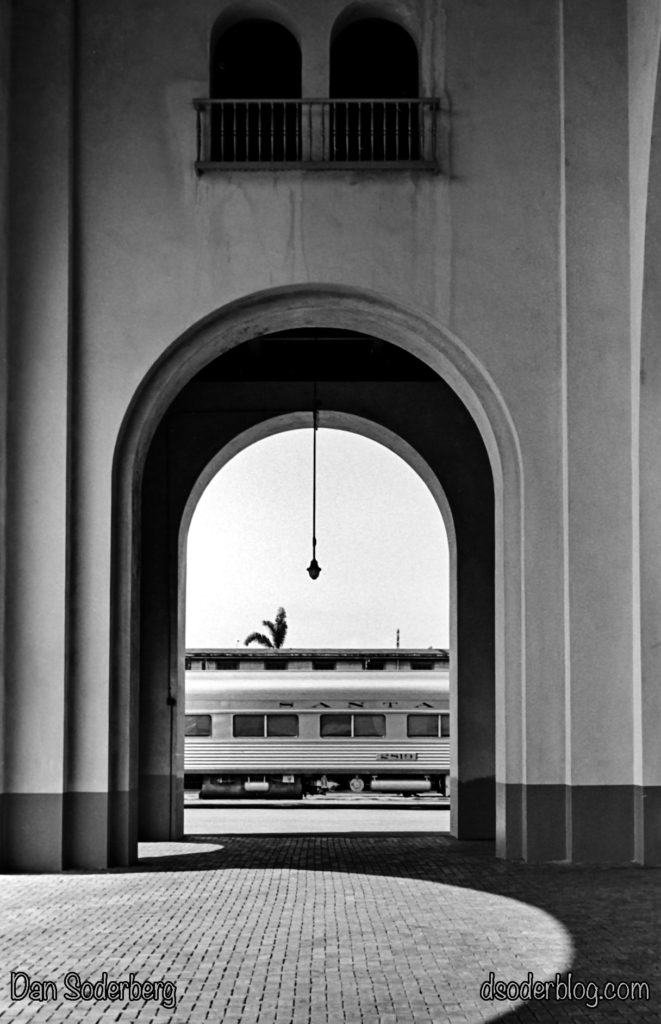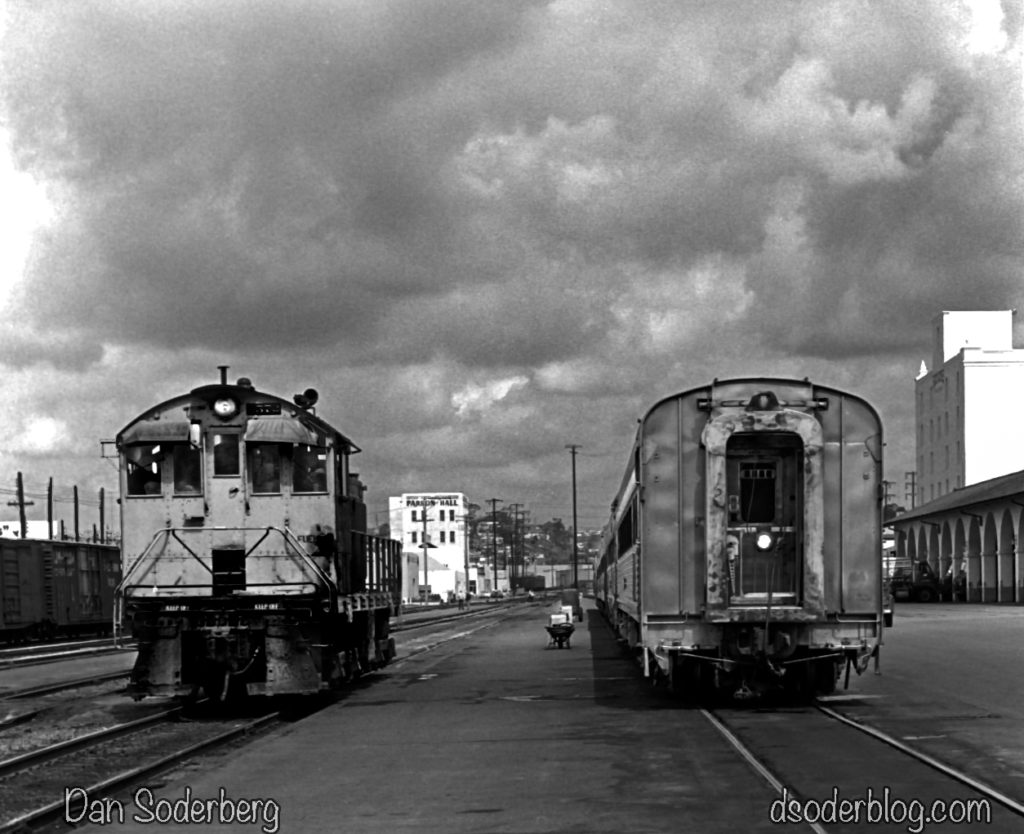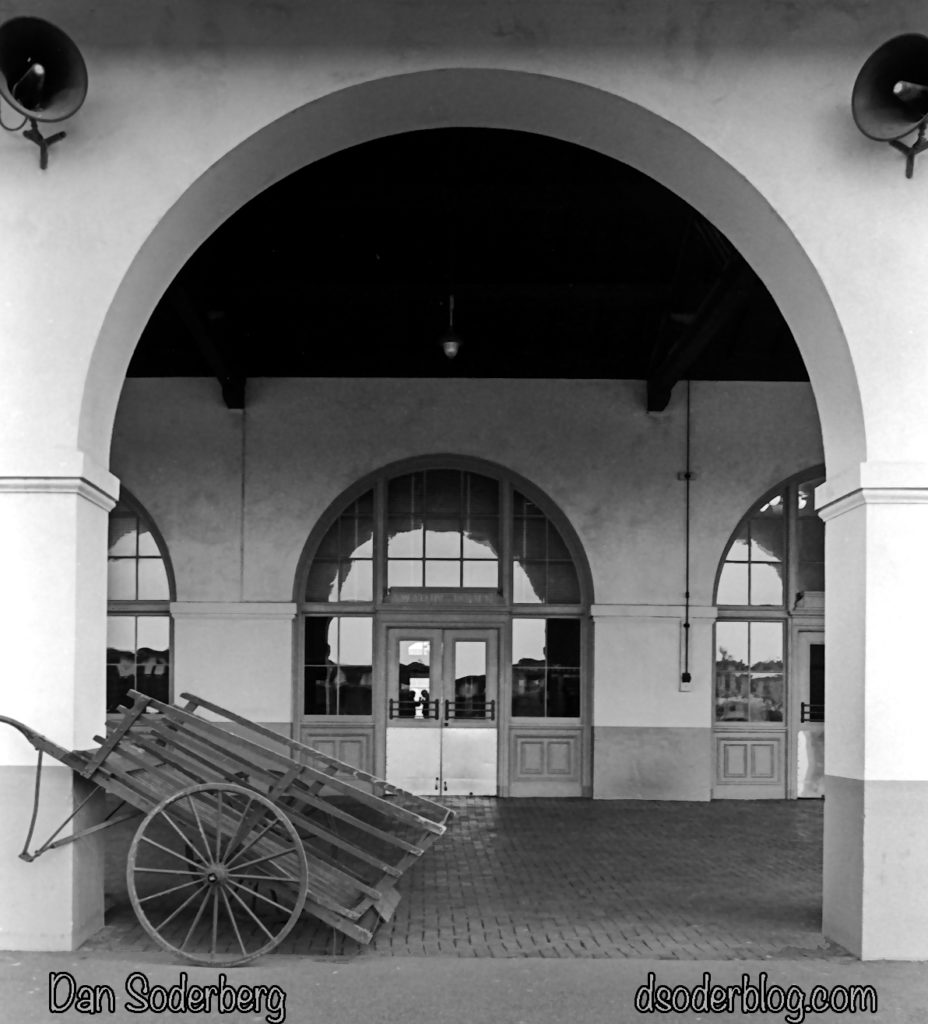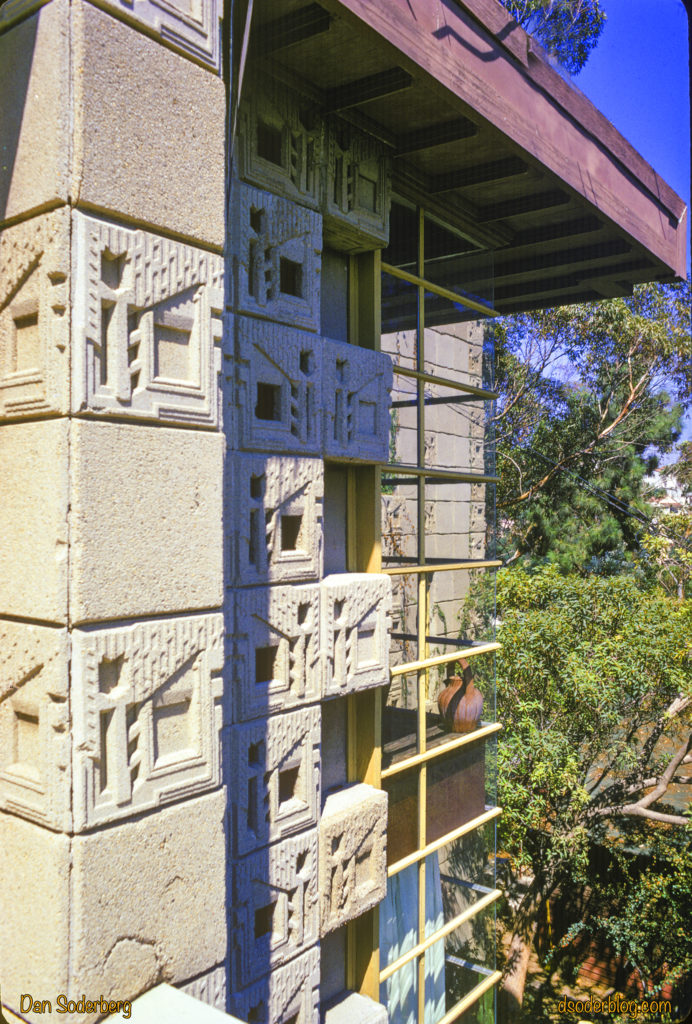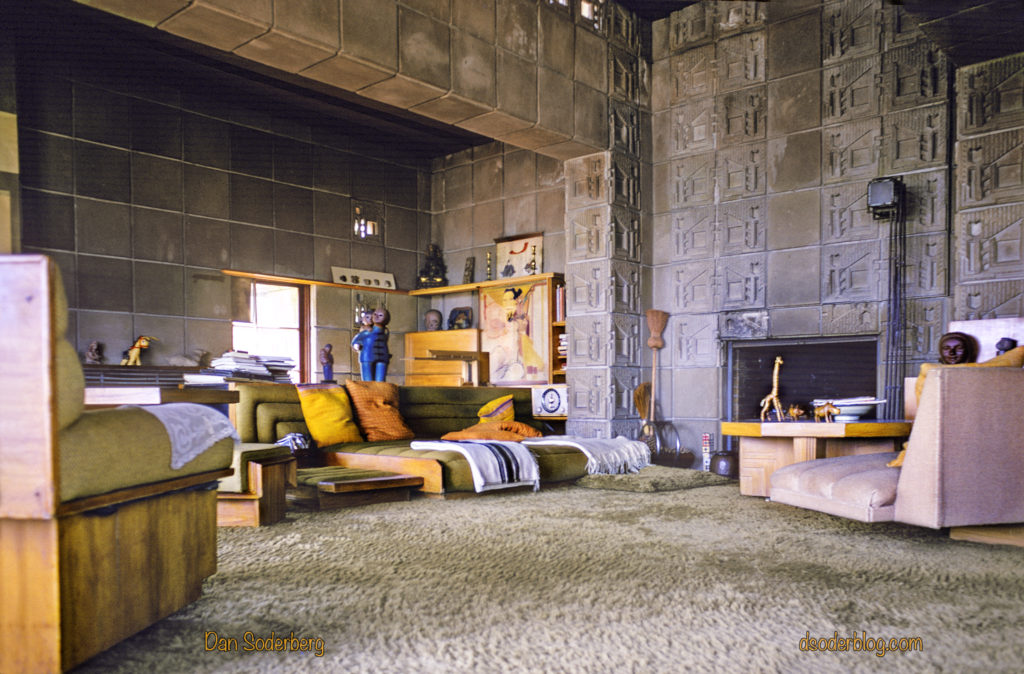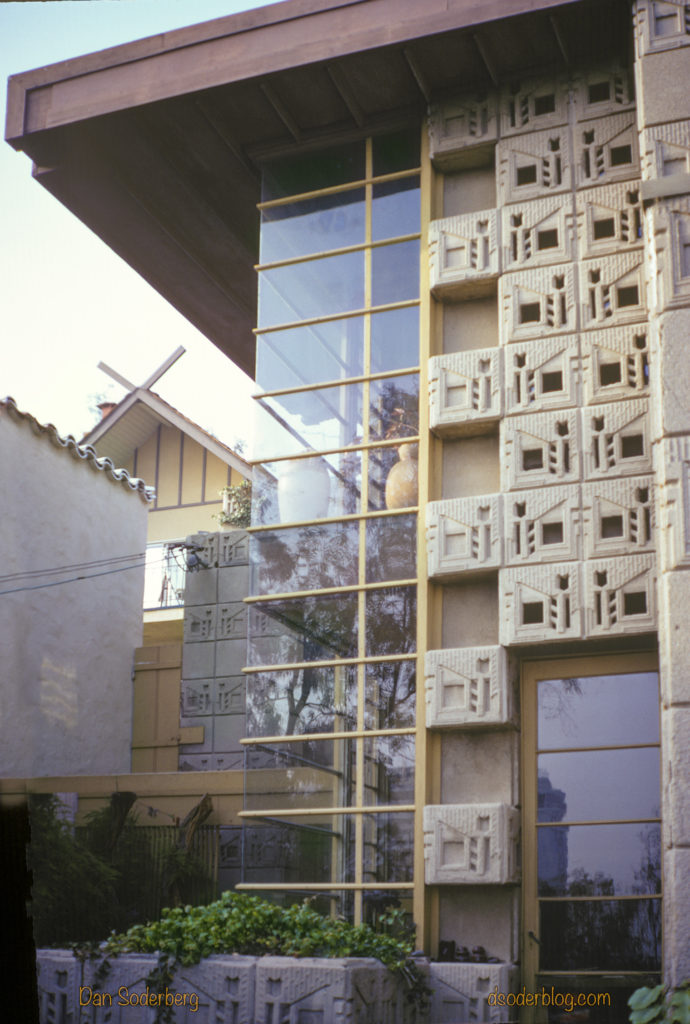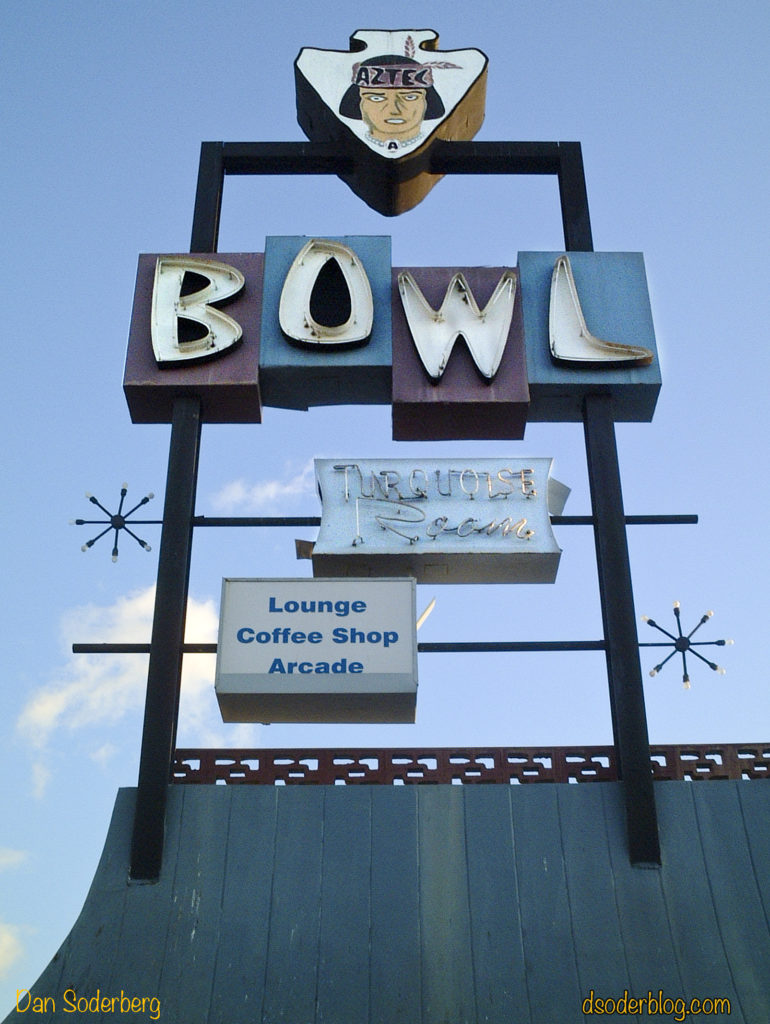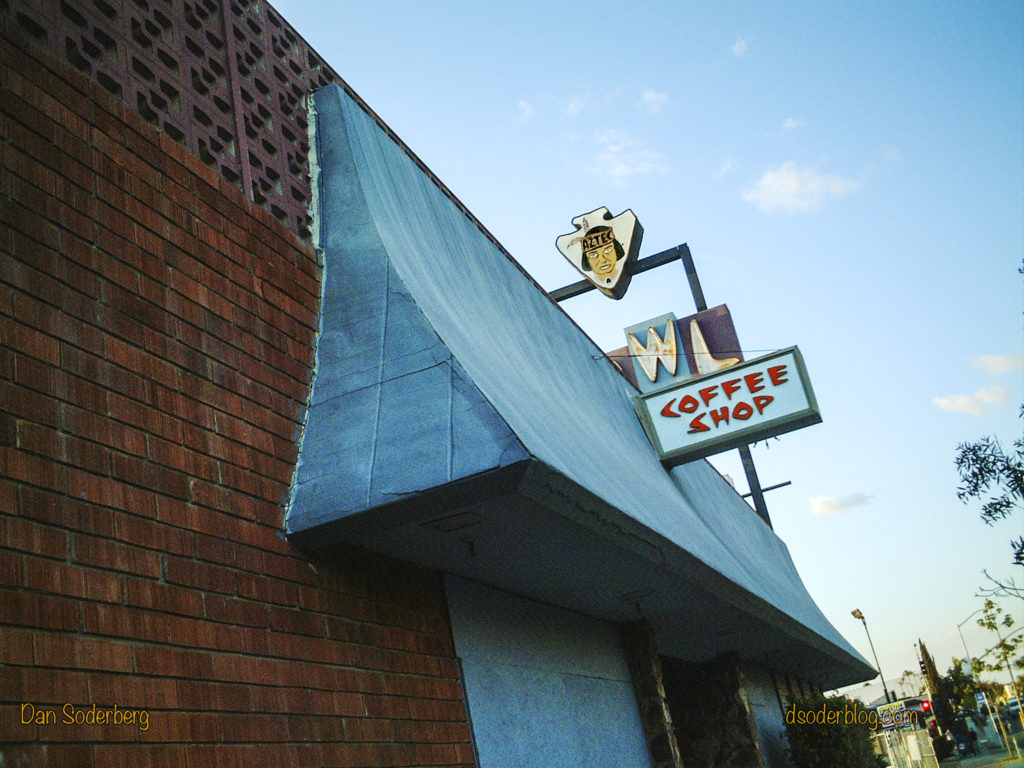
Mental and Physical Wellness Via Design – The Lovell…

There’s a whole realm of study, philosophy, and psychology that went into Richard Neutra’s 1927 -1929 Lovell Health House.

Called the Health house for a reason. It was meant to be a place to practice physical fitness, dietary discipline, sunbathing, and outdoor sleeping.
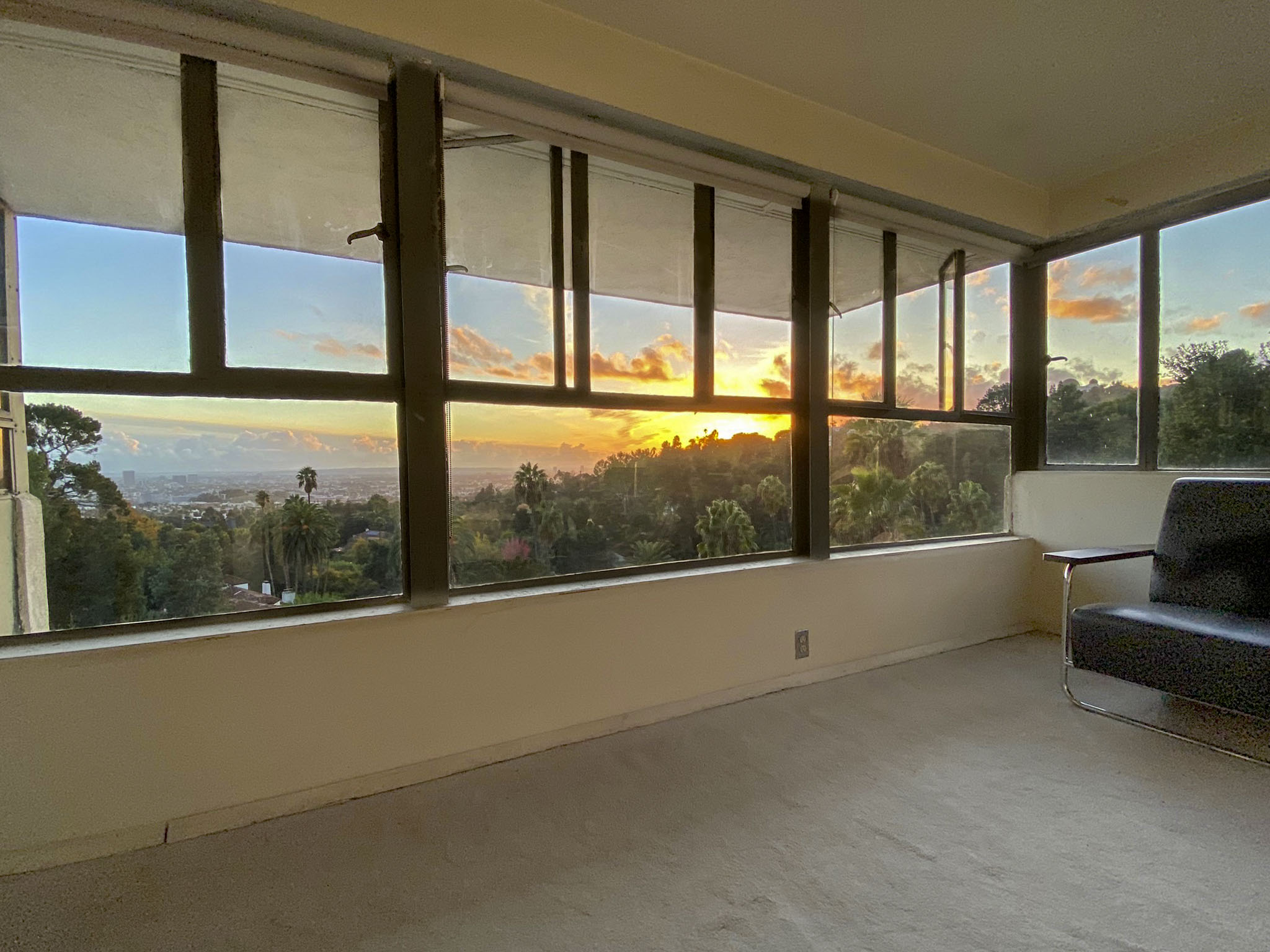
Neutra believed that a thorough study of psychology and science of the mind, and creating design practices from that, an architect could establish a profound and direct relationship between architecture and psychology.
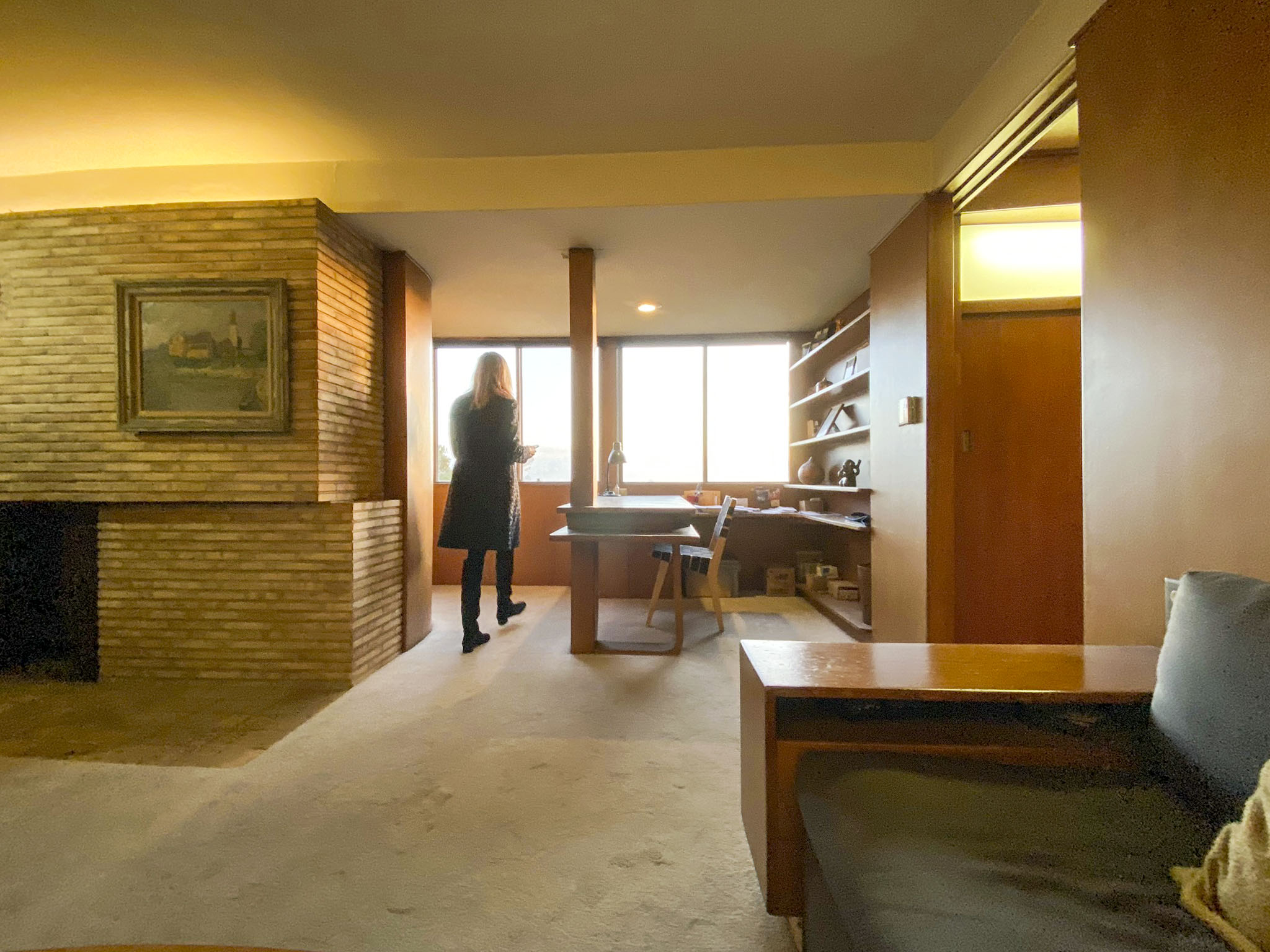
Upon completion it stirred enormous interest in Los Angeles. Truly nothing like this steel constructed house existed there before. And the health spa aspect of it was of great interest as well. Upon its completion an organized tour of the house attracted some 15,000 visitors.

While Neutra intensely pursued his psycho-physical architectural theories, it’s doubtful living in any of his great designs ever cured psychosis.

But there’s no question creating a beautiful environment in which to live enhances one’s quality of life. We as humans are stimulated, inspired, and thrilled by great design and creation, whether it be architecture, music, theater, or dance.
